10 tips to make the session engaging and fun for all
Tl;dr
Guidelines are there to try out, not rules that are set in stone. Especially when facilitating workshops, many good-practices are available, but it’s up to you what to keep and tweak to your liking. When planning a workshop, it is crucial to know your core goals and therefore your priorities. Archiving those gets the most time.
Apart from that: Don’t be afraid to treat a workshop like a prototype. Be prepared and yet flexible to adjust to specific needs of the participants. A pre-test with colleagues can also be highly valuable to get a feeling for timing and tasks you may have to perform whilst facilitating. This way, you can find potential challenges early, which leaves you more relaxed for the actual session.
Preparing and facilitating workshops is always exciting.
You never know what you are in for — who will participate, how motivated they are to engage with you and your content, if your storytelling is resonating and whether your concept really does have this strong red line to follow as you intended.
The best we can do is to be as prepared as possible
- and then we are in for the ride.
To feel and actually prepared, many different strategies can apply. The variaty is due to the fact that we are all different and therefore feel more or less comfortable with certain methods.
However, some guidelines can be applied by all of us.
Below, I summarized global tips that are especially helpful when just starting up with a workshop concept — whether it’s a digital or physical session. Finetuning comes later. 😉
After having prepared and facilitated lots of (design thinking) workshops, I want to share some tips that help you prepare a fun and engaging session.
Examples and pictures used to underline tipps refer to a workshop the GovMarket CEO Jana Janze and I had prepared for “KGSt congress for digitisation ICT meets process symposium”. It was held at a two day conference hosted by the KGSt, which supports municipal administrations in Germany in innovative transformation across all levels and departments.
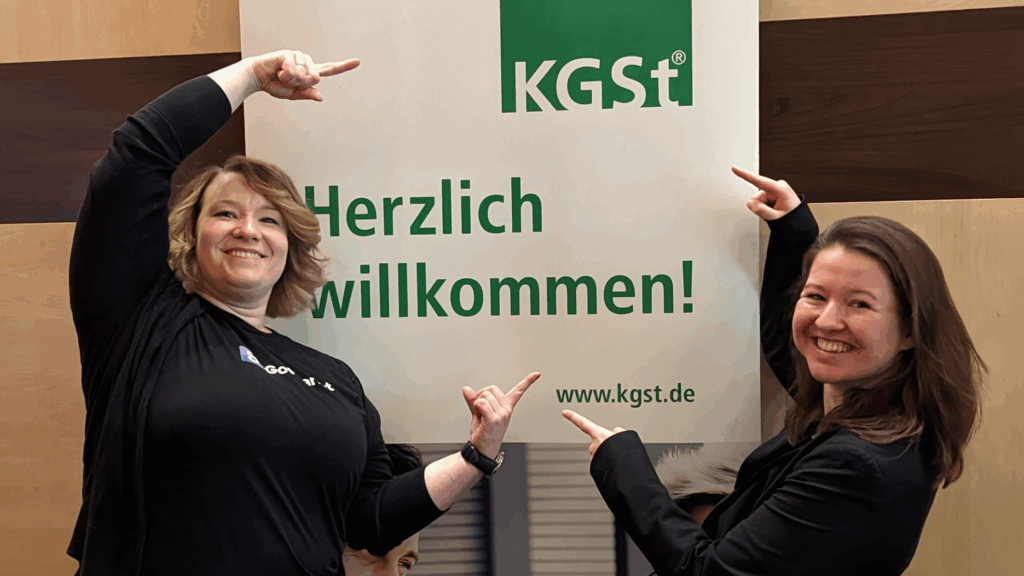
Global workshop tips & tricks
1. Include a warm-up!
This is such a simple advice, but in my experience, the warm-up is one of those parts that is being thrown out the concept to make more space for content whenever there is a chance.
Critically reflect if this tendency affects you or your environment as well and try to make sure it’s a thing of the past.
Also, I have noticed that especially in the beginning of a workshop, a bit of movement is ideal. It supports in decreasing nervousness and setting the scene for the workshop — some warm-ups, which include movement, can be done digitally as well.
In addition, feel free to explore if you can connect the warm-up with your workshop topic. If this is possible, it’s a great way to get participants into the flow of things.
Example
We tried “1, 2 or 3”: There are three sections on the floor, representing each number. Facilitators ask a question an map each number to an answer. Participants then have a few seconds to match themselves with an answer by standing in the section of the chosen number.
As a facilitator you can use this time to ask follow-up questions and gain more insights on the question asked. This process can be repeated — we asked three questions.
Not sure where to start? Here is a list of warm-ups you can try out.
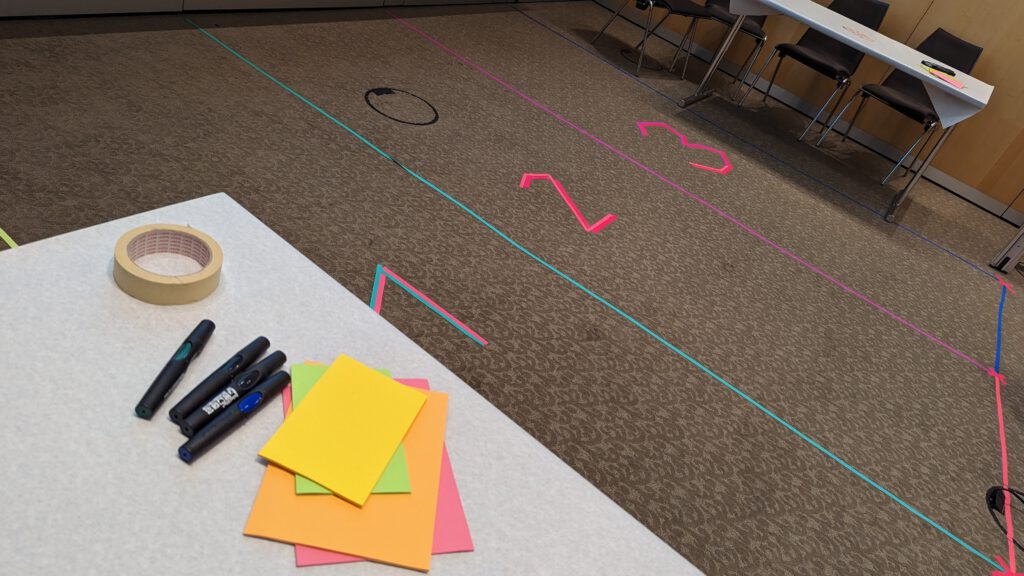
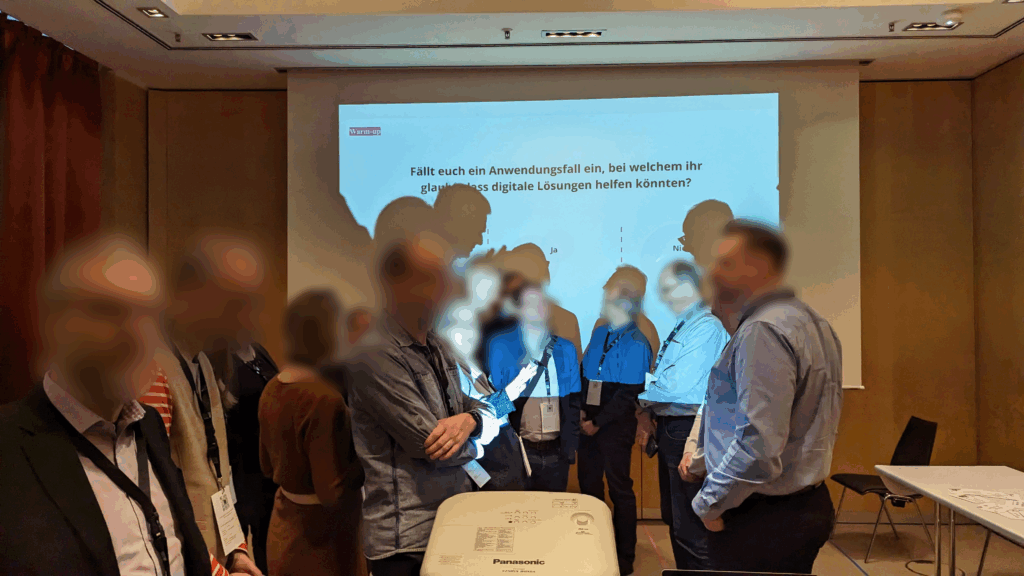
2. 40/60 Guideline
Every workshop includes different parts, usually focusing around two main goals: Building certain knowledge and sharing insights as well as creating an artefact of some sort.
Depending on how informed the participants already are of the topic, it is easy to lean into the content part - to spend lots of time on communicating complex information. I would like to question if it’s still a workshop in that case. For me, a workshop is not a presentation, but interacting with each other.
The more complex the info, the more important it is to break it up into pieces. This means lots of preparation beforehand, but also enables the workshop itself to go smoothly. Most importantly though, if content is easy to consume, you don’t have to spend too much time on it — which is where the 40/60 guideline comes in.
To make sure it’s an actual workshop and not a presentation, try sticking to 40 % content sharing and 60 % [group] activities.
This may be difficult, but so worth it.
3. Use analogies
Talking about making complex information accessible by breaking it down into bits and pieces: It is helpful to use analogies that participants can relate with. These analogies can be a great part of your storytelling.
Example
Our workshop focused on innovative procurement as well as procuring innovative solutions within the public sector. Instead of talking about all the formalities, we tied this topic to an Indiana Jones movie, highlighting how the poisonous arrows coming out of walls are similar to the challenges you are facing within procurement.
Following the goal of finding “the lost ark”, we are also aiming to tackle every challenge that comes our way to come closer to innovation that actually has an impact on citizens and public employees.
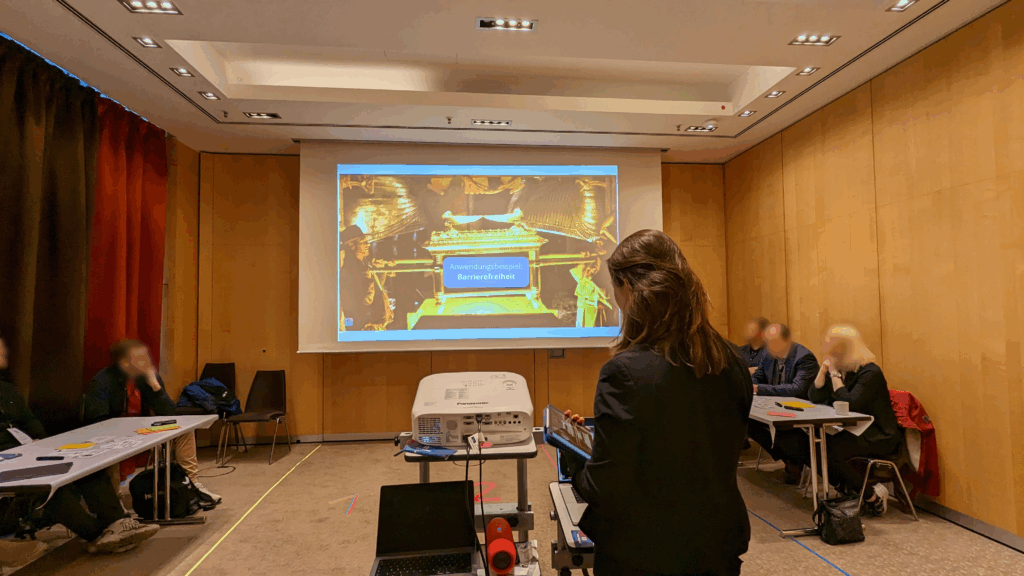
4. Breaking content up into separate parts
Even if we follow the 40/60 Guideline, content can still be perceived as dry and difficult to follow. To prevent this from happening and loose folks, it is helpful to have some interaction in between — whether that’s another activity including movement or questions you ask the participants.
Alternatively, you can give participants a task whilst listening to you, e. g. writing down thoughts, questions and ideas on the topic you are presenting about.
It keeps their minds on the topic thinking about different angles, which can be used as a foundation for the 60% part of the workshop.
5. Teamwork is dreamwork
When organising the workshop, try making time for participants to huddle together over a certain question or topic. Don’t underestimate the value of them sharing their perspectives with each other — very often that exchange is key in whether they find the workshop successful or not.
Also: It’s great to have a few minutes off as a facilitator to catch your breath, have a sip of water and observe the atmosphere.
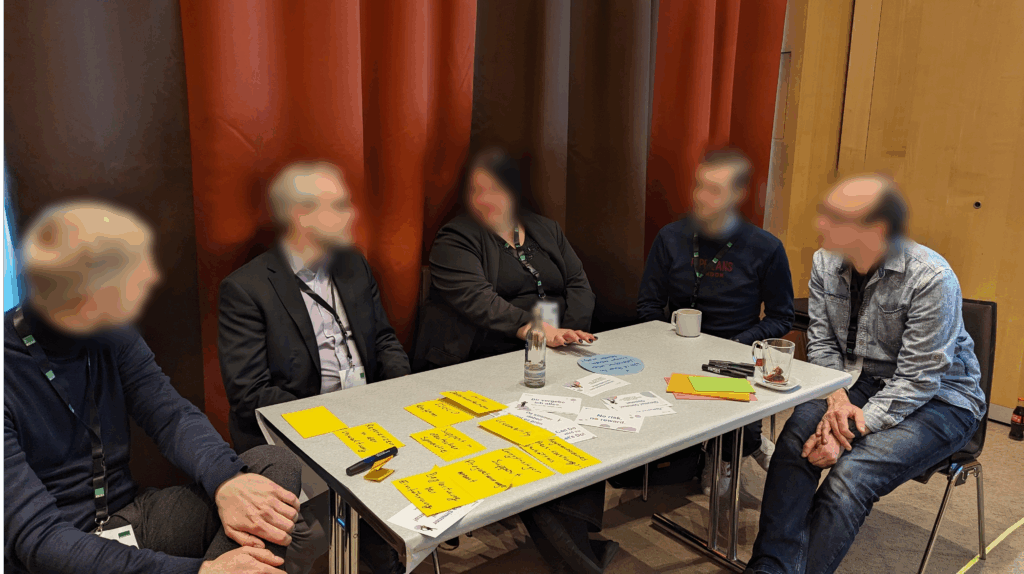
6. Plan for buffer-time
Earlier we talked about the ambiguity of workshops. It’s their nature and best you can do is to be prepared. This also means, planning some time for unexpected issues that may arise.
You can do this by not planning for 15 min. of your 2 hour workshop, or by preparing “optional” activities that can be left out if needed.
Ask yourself:
What is the core of the workshop?
What is less core and more “decoration”?
This way, you quickly find what you should focus on as well as what you should not focus on.
Of course, this is no guarantee the extra time put aside is enough — or will be needed at all. That’s why I personally prefer having an optional exercise prepared.
Nevertheless, it gives you ease of mind, because when you notice you are not on time anymore, there is no need to panic.
7. Time Boxing!
When facilitating a workshop, it’s useful to know how much time you have for which activity. This way you are able to track during the workshop whether you are still on time or need to make adjustments along the way.
Planning & knowing how much time you have is one thing. Actually tracking it during the workshop is another.
For you to be able to focus on the facilitator role, it would be ideal to have someone from your team timebox for you. If this is done openly in front of the group or through other, more private channels is your call. Though I personally prefer not stressing the participants with timing if not intended. After all, you want them to feel comfortable and enjoy your session.
Example
For our workshop, we took turns in speaking. Each part had a time slot we agreed to stick to. In order to make sure we would not start going off topic too much, we summarised key messages per slide — similar to speaker notes. That way, you have a clear message when presenting and talking to participants as well as stick to your schedule.
8. Do a[t least one] dry run
This step is often skipped — either because there is not enough time or because some people feel like the workshop is more natural without it.
This is of course up to you, but I find there are way more pro’s than con’s. Some of the benefits are:
- By faking the workshop, you can find hick-ups, such as taking more time for topics than intended. This insight is a great foundation for streamlining and iterating the content further.
- Facilitating involves having methods prepared and knowing what to have ready when. This flow becomes easier to memorise the more often you try it, thus leaving less room for error.
- Especially when there are more facilitators evolved, it’s a great possibility to align on expectations and different ways of facilitating — there is so much to learn from each other!
- Use this for some workshop testing!
If possible, invite colleagues to participate and give you constructive feedback afterwards.
Don’t overdo dry runs, though. 1–3 sessions should be enough to check if your concept works. By doing those, you will most likely find about 80% of possible hick-ups. However due to the flexible nature of a workshop you can never be prepared for everything.
9. Facilitator participant
Don’t try to be facilitator and participant in one.
It makes it increasingly difficult to focus on either of these roles and can lead to a sense of non-fulfilment, because you tried to do more than you were able to focus on.
If possible, give yourself the freedom to focus on one role only — don’t try to do everything at once.
This can be difficult at times — I have shared my perspective on this related to facilitating OKRs in “Learning 3: Clear separation of roles whenever possible”.
In the long run
10. Build up a workshop toolkit
By toolkit, I don’t mean fancy pens and post-its. You can get those as well, of course — but what’s really important is to build a method toolkit. Whenever you do workshops, try something new.
Explore. 🤓
This way, you learn what works best in which scenarios and become increasingly flexible in reacting to upcoming scenarios.
At the same time:
Keep in mind that a method is used to reach a specific goal.
It’s not about the doing the method, just to do the method.
When exploring and building up your toolkit, try finding several methods that can achieve the same goal — this way you can choose the one that best fits your intentions.
A great facilitator is able to adjust to needs of participants and make content suitable for them.
It really is a very human-centered approach.
In a nutshell 🌰
There is no one-way to create great workshops, but there are guidelines you can use to find what works best for you and your participants.
As always, it’s important to not blindly copy paste all guidelines you come across, but reflect upon what makes sense for you.
What serves you. Leave the rest.
Saying this — be explorative! Workshops can be a lot of fun.
PS.: When growing as a facilitator, I can recommend looking further into Design Thinking. With this mindset in place, you are able to have empathy with participants and create a fun and engaging experience for all.

[This post was originally posted on Medium, 14.07.2023]


No Comments.